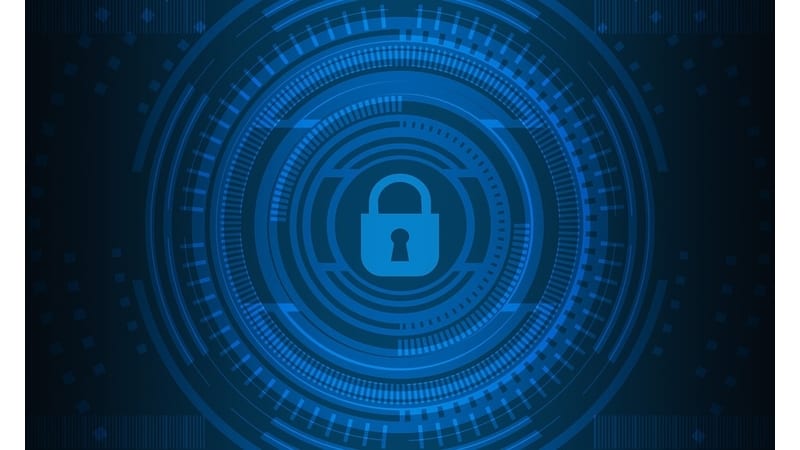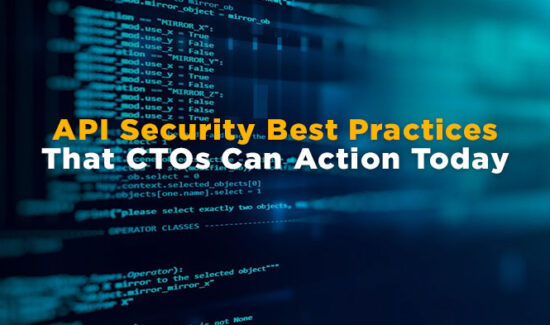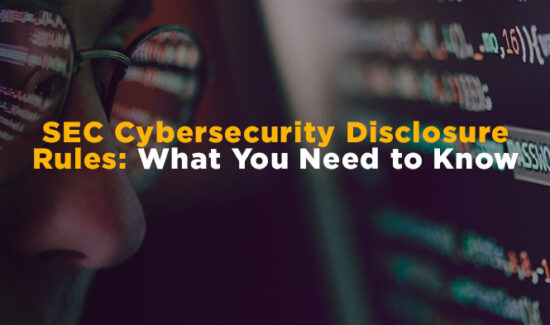The 3 Most Common SIEM Mistakes (and How to Avoid Them)


From the outside, SIEM (Security Information and Event Management) may seem complicated. Compared to other cybersecurity solutions, it certainly can be. When deployed or selected thoughtlessly, SIEM can prove costly and difficult to implement and maintain. In any case, this distinct branch of cybersecurity requires hands-on experience and continual evaluation for optimal performance.
However, SIEM also promises incredible benefits to enterprises who invest the time and resources to reap them. SIEM provides vital capabilities for modern cybersecurity policies such as log management, threat detection, and compliance reporting.
Can You Avoid SIEM Mistakes?
How can enterprises reconcile these two disparate truths about SIEM—its potential pitfalls and its soaring heights? Thankfully, many of the most common SIEM mistakes can be avoided with a good grasp of SIEM’s capabilities, careful attention to detail, and collaboration with your IT security team.
Therefore, to help your enterprise solve your SIEM mistakes before they occur, we compiled some of the most common issues. Then, we found the best ways to resolve them in a business-efficient and effective manner.
In other words, you don’t have to let SIEM mistakes dictate your cybersecurity success!
The 3 Most Common SIEM Mistakes
Of course, no one could compile a complete list of enterprises’ SIEM mistakes—not without hundreds of hours of research and several pages. Instead, we compiled the common complaints and issues with this kind of security analytics. As these 3 SIEM mistakes prove prevalent, they can absolutely imperil your overall cybersecurity.
Get ready to start solving!
SIEM Mistake #1: Your SIEM Doesn’t Scale
It can prove deceptively easy to fail to prepare for the future. After all, the full consequences of our actions don’t become apparent until far too late. Selecting a SIEM solution which can’t scale with your enterprise is one such failure. For context, replacing an already deployed SIEM solution is often a costly and frustrating process.
SIEM solutions, especially legacy SIEM, traditionally deploy from a client or provider server via an on-premises model. However, these SIEM solutions can’t perform the necessary log management and threat detection on hybrid or cloud IT environments.
Therefore, if your enterprise plans to digitally transform or even embrace an optimized hybrid environment, selecting an on-premises SIEM solution can quite literally hold you back. At the least, SIEM shackled to on-premises environments can limit the effectiveness of your cybersecurity threat detection and response.
Given that modern cybersecurity success hinges on detection and remediation, a set-back in your SIEM can completely compromise your network.
How to Solve It
Therefore, you need to make your selection of an enterprise SIEM solution carefully. One of the classic SIEM mistakes is to deploy a solution quickly to solve a short-term problem. If you don’t consider how it could affect your growth, how it integrates, or even how it functions, you invite far more trouble and/or security vulnerabilities.
Additionally, your enterprise needs to weigh the deployment and scaling capabilities of every possible SIEM solution. Make sure your solution aligns with your business goals before deploying it.
SIEM Mistake #2: Inadequate Correlation Rules
Like any good cybersecurity solution, SIEM runs based on rules. These rules dictate how the solution correlates security events across all of the accumulated and normalized log data.
In other words, correlation rules define what constitutes abnormal behavior or activity. From those security events, your solution creates security alerts which prompt your IT teams to an investigation. From there, your teams could uncover dwelling threats or potential security holes.
Furthermore, next-gen SIEM solutions frequently employ machine learning, which takes the initial correlation rules supplied to it and develops them. Machine learning automatically expands and adjusts their rules to fit with new information and new situations.
However, there is a catch. Your IT security team must still provide your solution with the correlation rules. Even if the solution utilizes machine learning, your cybersecurity professionals must still set the foundation. One of the classic SIEM mistakes is to neglect to properly implement and maintain these correlation rules.
How to Solve It
Simply put, your IT security team needs to have a clear direction for your correlation rules.
This requires a widespread awareness of your enterprises’ full digital activities, including your users’ typical behaviors and their job functions. Without this awareness, your SIEM correlation rules may identify normal behaviors as potential security events, creating false positive alerts.
False positives can substantially drain resources, time, and team willpower in wasted investigations. They also obscure more legitimate security alerts through sheer volume.
In addition to making clear correlation rules, your team needs to continually monitor your SIEM solutions performance. How are the correlation rules working? Is the machine learning capability processing and developing the rules correctly? Do you need to make adjustments?
Once you answer those questions, you can feel more confident in your correlation rules.
SIEM Mistake #3: Failing to Provide Good Information
SIEM functions based not just on its correlation rules but on the data you feed it. Feeding your SIEM security-related data results in more accurate alerts. On the other hand, feeding it other information creates dangerous amounts of noise and, yes, more false positives.
Moreover, your SIEM solution must prove capable of providing real-time analytics across your entire cloud to provide you visibility into potential anomalies across your IT environment. Visibility, after all, is the key to all good cybersecurity. “You cannot protect what you cannot see,” serves as the unofficial mantra of cybersecurity professionals everywhere.
How to Solve It
You need to feed your SIEM solution good, cultivated security information. In other words, you need to keep your SIEM on a diet. It can certainly prove tempting to feed it as much information as possible, but you need to resist this temptation.
To help cultivate this security data, you need to pair your SIEM solution with other cybersecurity solutions such as endpoint security and identity and access management. These generate the security event information most beneficial to your correlation rules and ultimately your threat detection.
By using SIEM as a component of your overall cybersecurity policy, rather than as the whole, you can rest assured of the more comprehensive accuracy of your threat detection.
Widget not in any sidebars























